Mr Keynes’ Dance: The compelling historical novel about a remarkable marriage and an intellectual journey
£4.70
The story of one man’s intellectual journey, and of a very remarkable marriage.
1926. Maynard Keynes has long been a thorn in the side of the British Establishment: an irritant to the Treasury, the Bank of England and his fellow academics alike. Rejected for his radical ideas, he has made an unlikely marriage to a Russian ballerina, her eccentricity charming him almost as much as it infuriates his highbrow Bloomsbury friends. But as the world around them changes, Maynard and Lydia cannot stay cocooned in their private refuge for long.
While Maynard frets about the ever-growing dole queues, and plans his route to power by way of the magnetic Lloyd George, Lydia is tormented by the thought of her family in Leningrad. Exiled by the Russian Revolution, she has found fame and fortune as the star dancer of Diaghilev’s celebrated Ballets Russes. Yet however demanding the role of stage celebrity, it is less challenging than that of the supposedly respectable and fortunate Mrs Keynes: the scrutiny of a crowded theatre less intense than from those convinced her marriage is heading for disaster.
In truth for Lydia and Maynard, marriage was always a gamble, and their life a dance where nobody is quite sure of the steps.
Then comes the Wall Street Crash, followed by a depression the likes of which the world has never seen. A society barely recovered from the Great War seems dangerously close to collapse. In the turmoil of the 1930s, the intellectual Maynard finds that answers must be sought in the most unlikely places.
The story of the man who invented modern economics.
In tumultuous times, it is not enough to hope for calmer waters.
Set during some of the most momentous years of the twentieth century, this novel explores the lives of two figures at the heart of those economic and cultural upheavals: John Maynard Keynes, considered by many as the most important economist of all time, and one of Time Magazine’s most significant people of the twentieth century, and the celebrated and eccentric Russian ballerina, Lydia Lopokova. Beginning in the “roaring twenties”, with ever-growing unemployment queues and a General Strike that pitches the whole labouring class against the governing elite, their journey takes them from the heart of the Bohemian Bloomsbury Group in Sussex, to Leningrad in Soviet Russia, to New York in the grip of the Great Depression, to the quiet colleges courts of Cambridge. The supporting cast ranges from a Welsh kitchen maid to pioneering socialist Beatrice Webb, fascist leader Oswald Mosley, politician Winston Churchill and writer Virginia Woolf.
A sequel to Mr Keynes’ Revolution, which was much praised for the depth of its research, and the way it deftly interwove economic ideas and history into a story of personal relationships and romance, Mr Keynes’ Dance is another intellectually daring and page-turning historical novel, which continues the tumultuous and surprising story of Maynard and Lydia.
Read more
Additional information
| Publisher | Greyfire Publishing (2 Dec. 2022) |
|---|---|
| Language | English |
| File size | 2445 KB |
| Simultaneous device usage | Unlimited |
| Text-to-Speech | Enabled |
| Screen Reader | Supported |
| Enhanced typesetting | Enabled |
| X-Ray | Not Enabled |
| Word Wise | Enabled |
| Sticky notes | On Kindle Scribe |
| Print length | 392 pages |

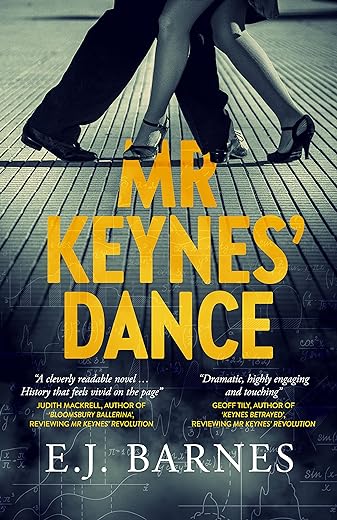
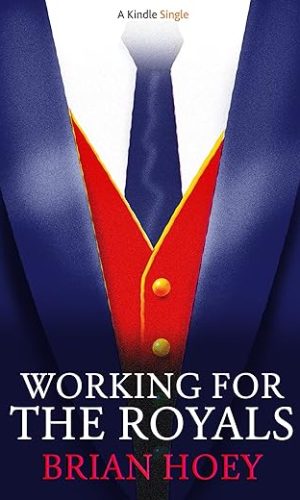
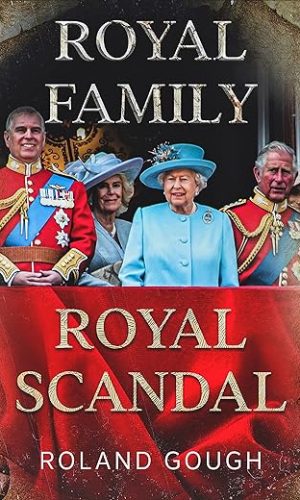



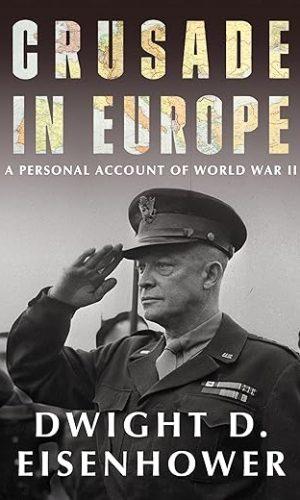
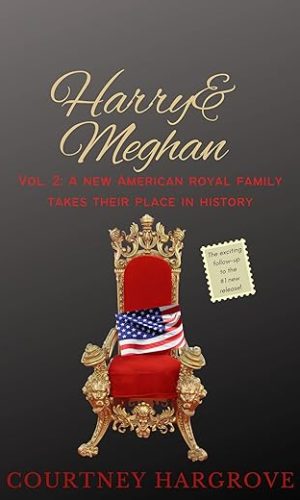
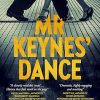
by Val Brown
After a poor start, this sequel to Mr Keynses’ Revolution is more than adequately compensated for, in a thoroughly well-written and fascinating story.
I’m not an economist but I found necessary explanations easier to understand than in the first book (so no yawning or skipping pages). Also, conversations of professionals are more gripping, entertaining and descriptive of the times.
Early chapters have too much Mills & Boon conversation, a device for bringing the reader into the picture, but one I don’t enjoy. Beattie’s wish for education, also a device, isn’t convincingly lifelike. The reader doesn’t need descriptions of gilt-framed paintings in Foxy’s Club, nor that Maynard “selected the … armchair and lowered himself into it”. Liberties Barnes takes to construct the book as a novel, not a history book, include using the term Bloomsbury, which wasn’t coined until decades later.
I was gripped by the book, and didn’t want it to end.
by Joan Clark
Mr Keynes’ Dance stands by itself as a brilliant read but I would recommend first reading Mr Keynes’ Revolution. This would give additional context both to what was happening to the world’s financial system as well as the development of Keynes’ relationship with his extraordinary wife, the ballerina Lydia. Like the first book, this is an entertaining read which explains in comprehensible ways what was going on in the financial world as well as simultaneously providing a portrait of Keynes’ importance within the Bloomsbury group, intellectual life in Cambridge and his support for the arts. Again, the dialogue brings the book alive and is often very funny indeed. Lydia was a fascinating character in her own right and it is touching to see their support of each other when you might, at first sight, have thought they had little in common. E J Barnes’ impressive research brings together the different arguments about economics and politics, whilst also showing Keynes’ broader interest in the arts. Highly recommended.
by MR A F LOVE
I have thoroughly enjoyed both books. Well written ,great historical characters, intersting, entertaining and educational. I’m not an economist but reading those books has made me interested and investigate the subject more. Nothing much changes in capitalism, the rich get richer and the poor get poorer. U.K. could definately do with Mr. Keynes right now!
Although I know the outcome, I’m looking forward to sequel to find out the detail.
Definately recommend.
by Emily Davies
Have really loved this book Mr. Keynes’ Dance which followed Mr. Keynes Revolution. They are fascinating novels with careful historical research showing political awareness of what was happening at that time. Anyone who enjoys a well written and researched and enjoyable novel will love both these. DO read them in order. The writer has a degree in economics so she very clearly explains many of the arguments made by Maynard Keynes. I just hope someone will want to turn it into a TV serial or a film before long. I’ll be queuing to see it!
by Chris Jones
This novel is described as a sequel to Mr Keyne’s Revolution, but I hope it’s the middle book of a trilogy (or second of a tetralogy!). The same applies to this as to the first novel (for which I’ve uploaded a 5-star review). They are similar in style, feature pretty much the same characters, and the only difference is the temporal background (1926 to mid-thirties) and the circumstances. It covers the Wall Street crash, and the depression, and Keynes’ development of a new economic theory away from classical economics which was market-led. Not only are they both fascinating – giving insights into economics, the Bloomsbury Group, and pre-war life (upstairs and downstairs) – but they are also highly entertaining. Both books are definitely keepers and I’ll read them again before long. 9/10
by Ms H A Pattison
A hugely entertaining account based on the life of the great economist. This is a brilliantly written and immensely entertaining sequel to Mr Keynes Revolution describes his struggles to get his ideas accepted by the economic establishment and how his wide network of friends supported him through this.
by Susan Purkiss
Mr Keynes’ Dance is a sequel to Emma Barnes’ earlier novel about Maynard Keynes – who was, of course, a highly influential economist as well as being one of the Bloomsbury Group, the association of artists and writers centring round Vanessa Bell and her sister Virginia Woolf.
In the earlier book, Keynes shocked his friends when he married a Russian ballerina, Lydia. (They were shocked because they thought he was gay, and because in a rather incestuous group, Lydia was an outsider.) This book continues their story, and also deals with Keynes’ public life as an economist. It achieves the feat of being entertaining and fun, whilst at the same time managing to explain the complexities of economics to people – like me! – who know practically nothing of the subject. Strongly recommended.
by Jamazon
I enjoyed this as much, if not more, as the previous novel. Never imagined I would relish a story about an economist, nor a Russian ballerina, but life is full of happy accidents. Great insight into the mechanics of nations, and the rarefied world of the Bloomsbury set, tempered with a dose of harsh reality.
A wonderfully engaging read.